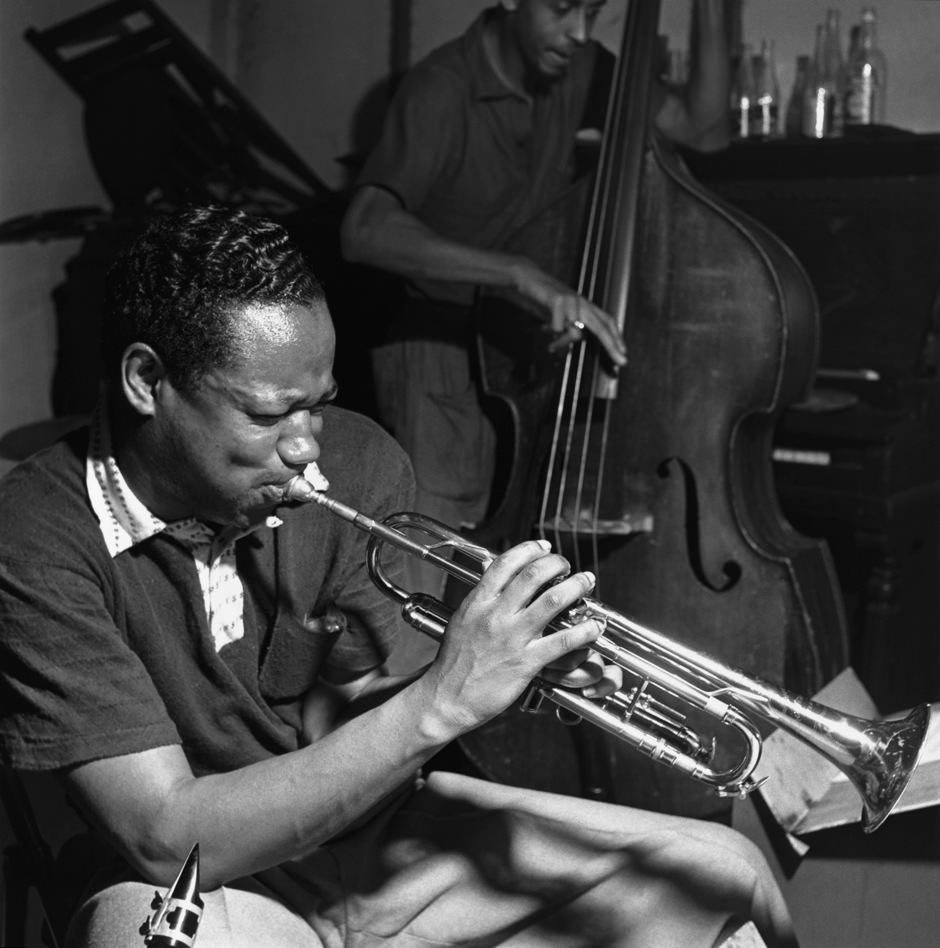Late in June 1956, the trumpeter Clifford Brown was killed in a car accident. He was only twenty-five years old when he died, but even then was already known as one of the greatest trumpet players in jazz. An undisputed virtuoso, he played with seeming ease in every register of the instrument, spinning out long, intricate solos that often sounded less like improvisations than compositions. He inspired generations of trumpeters—players like Lee Morgan and Freddie Hubbard, among many others. Dizzy Gillespie claimed that Brown changed the way that the trumpet was played. Even Philip Larkin, who found listening to bebop comparable to “drinking a quinine martini and having an enema simultaneously,” admired Brown’s “mellow agility.”
Yet today he is relatively unknown outside jazz circles. In part this is because his career was cut so short, but also because he was something of an anomaly. At a time when jazz musicians were expected, like Charlie Parker, to self-destruct in public view—what Ralph Ellison compared to “a man dismembering himself with a dull razor on a spotlighted stage”—Brown avoided drugs and barely drank. He was a dedicated husband and father, and was said to be kind and good-natured almost to a fault. Stories abound of him rushing to a gig to deliver valve oil to a friend playing that night, or raising money for the family of a jailed musician.
Sonny Rollins said that Brown was an inspiration to him while he was recovering from a heroin addiction. “He showed me that it was possible to live a good, clean life and still be a good jazz musician.” Brown was so beloved among musicians that when word of his death reached Dizzy Gillespie’s band, then performing at the Apollo, they broke down in tears. The threnody “I Remember Clifford,” written by the saxophonist Benny Golson after Brown’s death, became an almost instant standard. Here it is performed by Lee Morgan, who as a teenager was mentored by Brown in Philadelphia.
Brown came on the scene in the early 1950s, at a time when the bebop played by Charlie Parker was giving way to a number of different styles, among them, hard bop. Where bebop was febrile and angular, hard bop, drawing more on the blues and gospel, was slightly less forbidding. Though still often played at breakneck speeds, it was more melodic, and had more infectious rhythms. One of the most exciting albums Brown can be heard on, the two-volume set A Night at Birdland (1954), is an early example of this style, and Brown’s playing is inspired throughout, especially his call and response on the blues.
In contrast to his contemporary Miles Davis, who played with what Larkin memorably called a “bleak pastoralism,” Brown played with color and fire. He “raced and swam around his horn,” Whitney Balliett recalled, “as if he had intimations of his limited time and had to get as much said as possible.” Brown’s style was not entirely sui generis—much of it was drawn from his idol, the trumpeter Fats Navarro—but he brought a unique, infectious joy to everything he played. Luckily, he recorded a great deal in the short time he had. Brown’s great group was with the drummer Max Roach, who became his close friend. Much of their best work can be heard on the album Clifford Brown & Max Roach, particularly “Joy Spring,” the song Brown was said to have written for his wife, Larue Brown Watson. Other famous recordings—though by no means all—include a collaboration with the singer Helen Merrill, and an album with strings. A single video of his playing survives. Filmed on The Soupy Sales Show in 1956, not long before his death, he can be heard playing “Oh, Lady Be Good” and “Memories of You.” Afterward, Sales congratulates him on the recent birth of his son.



